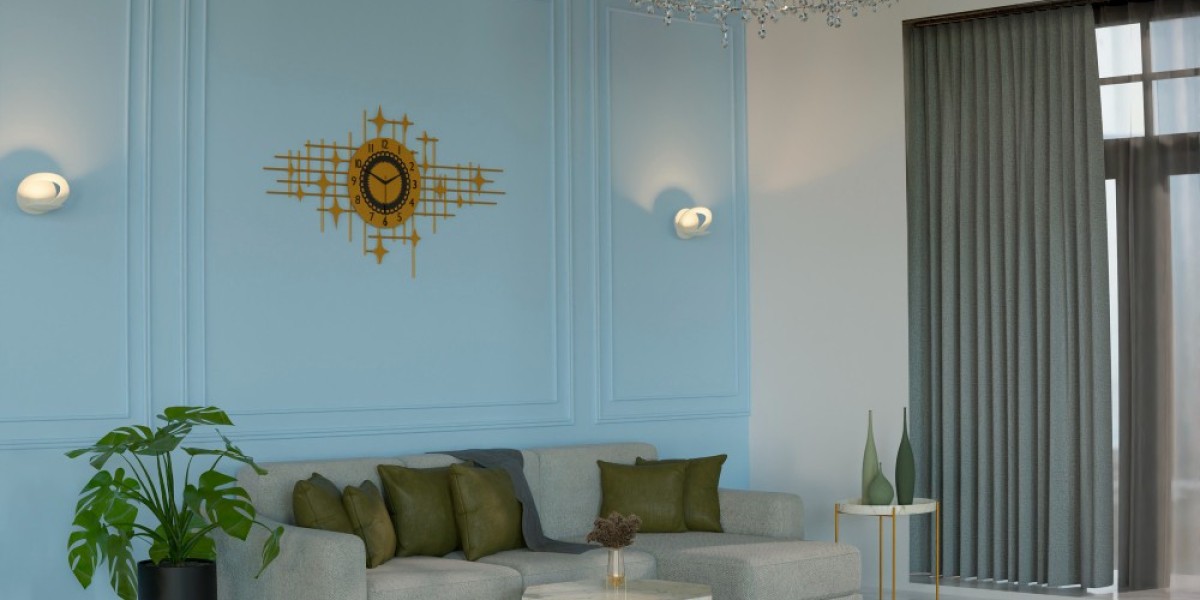Designing your apartment is more than just arranging furniture—it's about crafting a space that feels like home. And when it comes to that emotional connection, color is everything. The right color combination doesn’t just make your apartment look beautiful—it can make it feel bigger, brighter, warmer, or calmer.
So, what are the best color combinations for apartment interior design? Let’s dive into the world of hues, shades, and tones that turn ordinary flats into extraordinary homes.
Understanding Color Psychology
Warm vs Cool Colors
Warm colors like reds, yellows, and oranges bring energy and coziness, while cool colors like blues, greens, and purples create calm and spaciousness. Knowing the vibe you want helps you pick the right spectrum.
The Effect of Colors on Mood and Perception
- Blue: Calming, trustworthy
- Green: Natural, restful
- Red: Passionate, bold
- Yellow: Energetic, cheerful
- Grey: Neutral, balanced
Key Factors to Consider Before Choosing Colors
Natural Light in Your Apartment
A sun-drenched room can handle darker shades. A dimly-lit one? Stick to lighter colors that reflect light.
Apartment Size and Layout
Smaller apartments benefit from light, airy tones. Using the same base color across rooms can make the space feel more open.
Existing Furniture and Décor
Your color palette should complement—not clash with—your existing pieces.
Timeless Color Combinations
White and Wood
A classic pairing. White walls with wooden floors or accents give a clean, Scandinavian vibe.
Navy Blue and Beige
A soft yet bold contrast. Perfect for a living room or bedroom with a nautical or modern twist.
Black and White
Elegant and balanced. Great for high-contrast lovers who want a sleek, modern look.
Modern & Trendy Color Combos for Apartments
Sage Green and Cream
Subtle and organic, this combination feels fresh and grounded—great for minimalist interiors.
Terracotta and Grey
Warm yet moody, terracotta brings personality, while grey keeps it neutral and urban.
Mustard Yellow and Charcoal
If you want a pop of color without going overboard, mustard and charcoal make a bold yet balanced statement.
Calm and Relaxing Combinations for Small Apartments
Soft Blue and White
Makes rooms feel cooler, larger, and more relaxing. Ideal for bedrooms or bathrooms.
Blush Pink and Light Grey
Elegant and gender-neutral, it adds a hint of warmth without overpowering the space.
Mint Green and Ivory
Fresh and calming, especially in kitchens or small dining areas.
Bold and Energetic Combos for Creative Spaces
Teal and Coral
Bright, fun, and full of life. Works great in a home office or studio.
Purple and Gold
Royal and luxurious. Use gold in small accents like frames or lamps.
Red and Taupe
Red adds drama; taupe brings it back down to earth. Perfect for artistic souls.
Monochromatic Schemes That Work
Shades of Grey
A spectrum of grey can create depth while keeping things neutral and modern.
All-White with Texture Play
Use different textures—linen, wool, matte, and gloss—to keep white from feeling sterile.
Earthy Browns
Layer tans, caramels, and chocolates for a cozy, rustic vibe.
Using Accent Colors Wisely
What Is an Accent Color?
An accent color is a shade used sparingly to contrast the primary palette. It adds visual interest without overwhelming the space.
Where and How to Apply Accent Colors?
Accent walls, throw pillows, rugs, or artwork. Use the 60-30-10 rule: 60% primary, 30% secondary, and 10% accent.
Open Concept Apartment Color Tips
Creating Seamless Transitions
Stick to a unified palette throughout open areas but vary the intensity slightly to define spaces.
Color Zoning Techniques
Use rugs, furniture, or lighting paired with subtle color shifts to visually divide your space.
Color and Lighting Harmony
Artificial Lighting and Paint Reflection
Cool white lights make cool colors pop; warm lighting enhances warm colors. Test samples under real light conditions.
Choosing Finishes for Better Light Bounce
Glossy and satin finishes reflect more light—perfect for dark or narrow spaces.
Common Mistakes to Avoid
Overusing Dark Colors in Small Spaces
Dark walls can be dramatic but shrink space fast. Use sparingly or balance with mirrors and lights.
Ignoring Undertones
All whites aren’t equal. Some have blue undertones, others yellow. Test first!
Not Testing Paint Samples
Always try paint samples on actual walls at different times of day.
Apartment Room-Wise Color Tips
Living Room
Go for welcoming tones like beige, olive, or soft blue. Balance with wooden or metallic accents.
Bedroom
Focus on relaxation. Lavender, deep navy, or soft grey promote better sleep.
Kitchen
Fresh and vibrant tones like mint, cream, or warm grey work well here.
Bathroom
White, aqua, or seafoam green create a clean, spa-like feel.
Eco-Friendly and Non-Toxic Paint Options
VOC-Free Paints
Look for labels like “low-VOC” or “zero-VOC” to ensure better air quality.
Sustainable Color Choices
Brands like Benjamin Moore’s Natura and Clare Paint offer eco-friendly options in modern palettes.
DIY or Hire a Designer?
Benefits of Doing It Yourself
More personal, cost-effective, and creatively rewarding.
When to Bring in a Pro
If you're stuck, overwhelmed, or doing a full renovation—it might save time and mistakes.
Conclusion
Your apartment’s color scheme is a silent storyteller. Whether you’re working with a tiny studio or a spacious loft, the right color combinations can completely transform how your space looks and feels. Don’t be afraid to experiment, layer tones, or use bold contrasts. Let your walls speak your style.
Related Blog
Inside Kolkata’s Most Stylish Homes: Top Interior Design Trends of 2025
How to Blend Bengali Tradition with Modern Interiors
How Interior Designing Transforms Your Living Room into a Masterpiece
How Interior Designers Create a Relaxing Bedroom
Budget-Friendly Interior Design Ideas for 2BHK Flats in Kolkata
How Commercial Interior Designers in Kolkata Transform Workspaces
Best Residential Interior Designers in Kolkata for Modern Indian Homes






